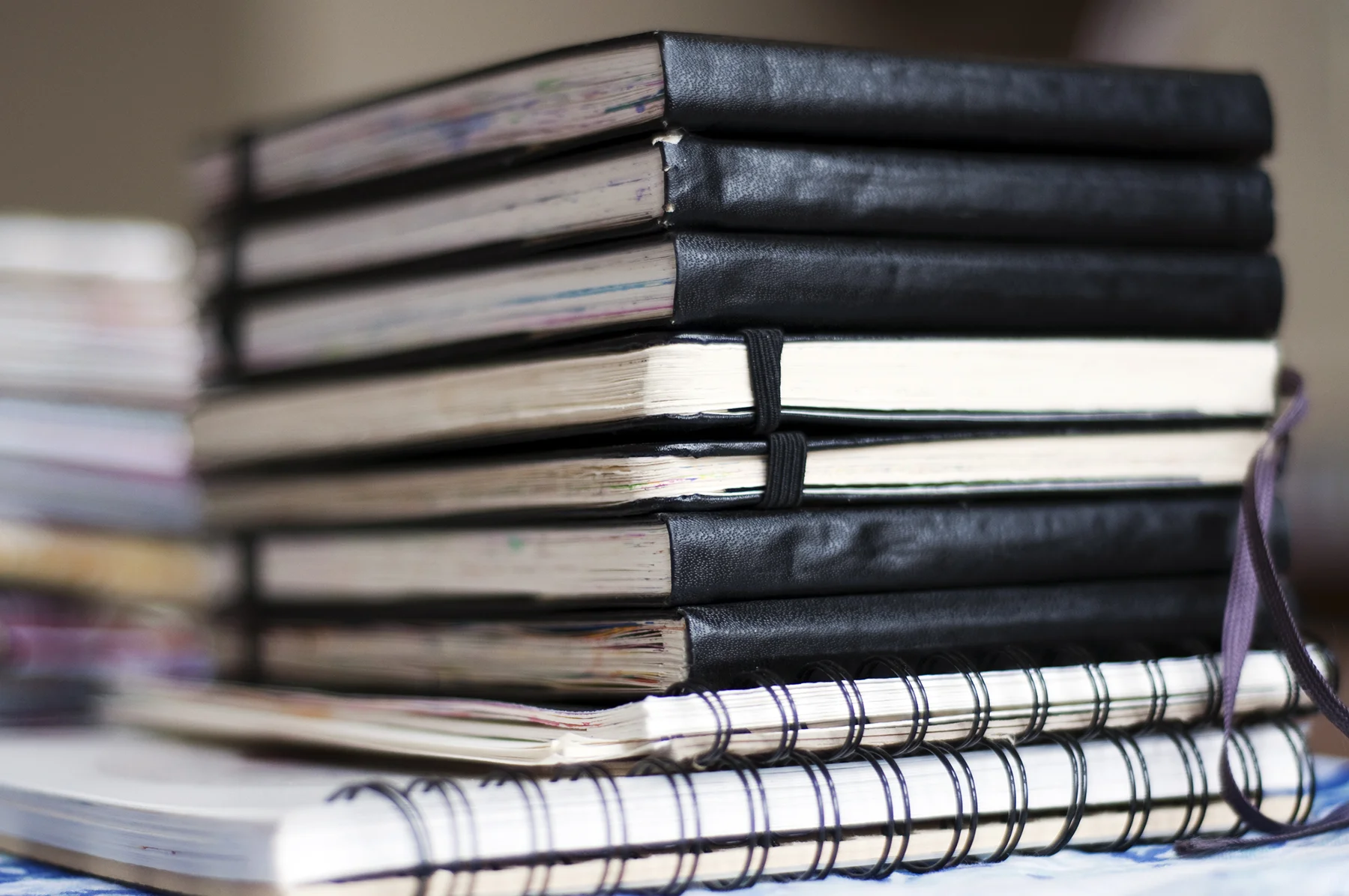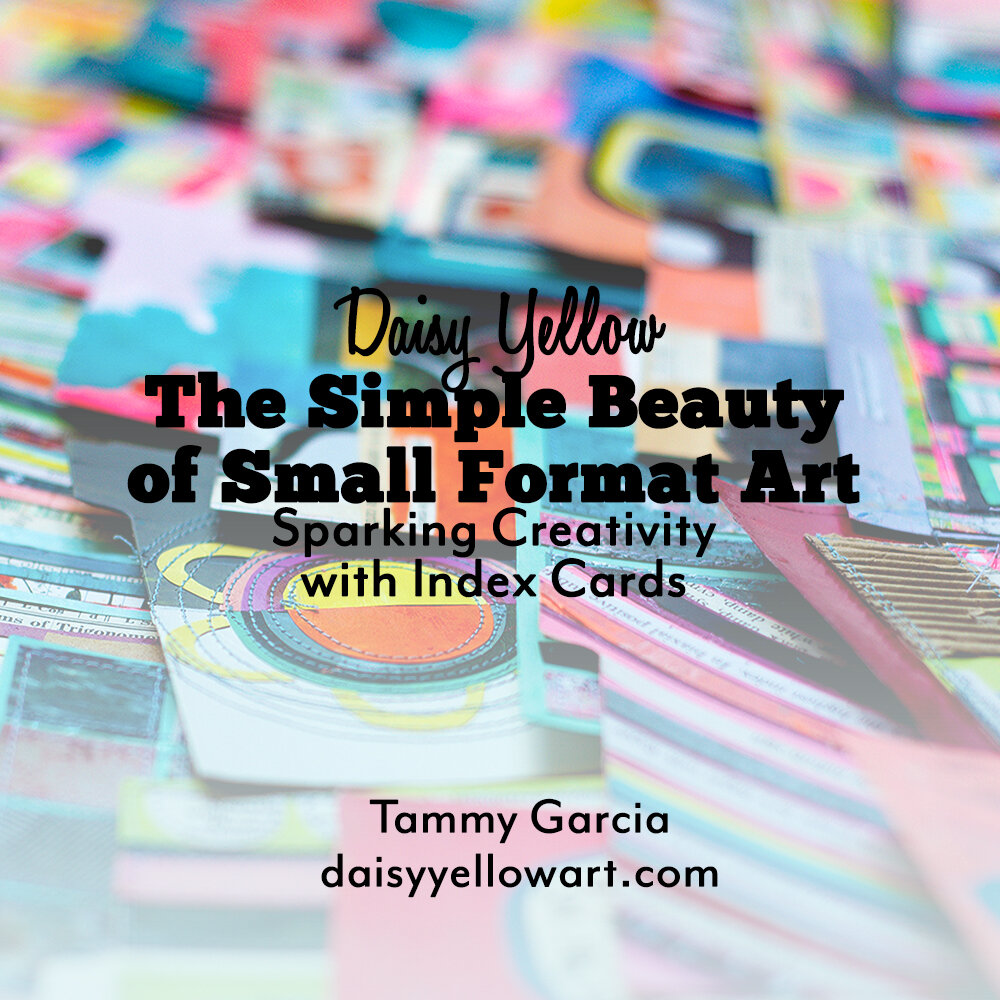712 More Things To Draw List
15 Tips to Improve Your Drawing Skills
People are born with innate drawing talent or they are not.
{Fact? Fiction? Urban Legend? Fairy Tale?}

post updated 11/01/21
Drawing is making marks on paper. To draw well, you've got to practice. That's the only secret.
When I started drawing 14 years ago, it didn't occur to me that I would or could get better. I didn't view learning-to-draw in terms of a learning curve (no pun intended). I didn't start with the intention of building my skills - I started drawing to pass the time when my kids were at swimming lessons and gymnastics classes and dentist appointments. Hand-drawn circles resembling cantaloupes, triangles with wobbly angles, you get the idea.
And what I learned after years of drawing is that if you draw a lot, you get better. It's not magic! I like to draw all sorts of things, and I noticed that the variety helped me stay engaged. So definitely keep drawing! It's easy to lose steam and think you're not making progress. But it is happening! Keep drawing and you'll gradually feel more comfortable|confident with your drawing tools and build fine motor skills.
developing your drawing skills is a gradual Process
Look at your progress over a long time frame. If you compare your work today with your work from a month ago, you probably won't see clear differences. But if you look at a longer time frame - compare the drawings you did 1-2 years ago vs. current — you'll see a difference! Progress is measured not in hours, but in months and years.
Be patient with yourself. The more you draw, the better you will get. As I look back through my journals, I see that every time I challenged myself to try a new idea, I made a leap forward.
What paper to use? Try all sorts of papers and notebooks and gradually you'll start noticing differences. Paper & pen choices are so personal to the way you draw. Usually, I use moleskine journals, field notes notebooks, loose watercolor paper, and index cards. Index cards are a key part of my creative practice - each summer, I facilitate the Daisy Yellow Index-Card-a-Day Challenge (2021 was our 11th challenge)!

Think of drawing as making a series or collection of lines or marks. The art of drawing is about moving the drawing tool and understanding how to convey/transform what you see into marks on the page. I would first suggest working on refining the fine motor movements involved in drawing by trying to capture the essence (the idea) of simple subjects.
Things to practice in order to improve your line work. Mark-making, doodling, sketching, scribbling, automatic drawing, contour drawing, gestural marks, and hand-lettering. Oh, and early in the learning process, I made the decision not to use a ruler to make lines - I figured that this would be a way to push myself to get better at drawing them and I didn't want to get too perfectionistic.
So how to decide what to draw? Look around — ideas are everywhere - you can pick anything. I remember finding things to draw in my backpack, like bubblegum labels, geometric designs, book covers, and even UPC codes! I never considered that my style would evolve -- I was found the process intriguing. Waiting time FLEW by. I liked drawing. After spending 20 years in the world of accounting and analysis, it was refreshing to do art! It was like I was in high school again, drawing patterns in my room late at night with Jackson Browne or The Stones playing on the radio.
Fifteen (15) things to draw to improve your line work
1. fill a sketchbook with freehand doodles
Start a drawing habit - dedicate 15-30 minutes each day to draw in your sketchbook. Draw whatever you want to draw. Here's a flip-thru of Field Notes #1 where I just drew every day for fun. The key is returning every day. Keep those creative wheels spinning. Draw as much as you wish, turning the page whenever it's finished. If you don't feel satisfied or happy with the end result — as long as you love the process of drawing — keep going! It doesn't need to be a page per day, pages can be worked across several days. But keep at it and do a bit each day. Just keep adding details and trying new things. Practice developing different types of lines and patterns.

2. Draw ordinary things
Look around your room and focus on one ordinary everyday item. Sketch it. Jot notes about what you drew, the weather, thoughts about the day, using the page like a mini-diary.

3. Draw circles
Circles are tricky. So here's what you can do. Try working fast, drawing circles without judging your results. You can do this with any drawing tool and each will work a bit differently. You'll find that this helps your dexterity and improves your precision (while being meditative and calming too). Try not to evaluate everything you draw, just draw. Get into the process. Throw some circles into almost any page, as part of a pattern or to add playful bouncy energy. Keep experimenting and practicing! You can draw overlapping circles. Or draw loose concentric circles by putting circles inside and around other circles.

4. fill in a grid with patterns, marks & symbols
Look into your imagination (or around the house) for patterns, then simplify to the essence of what you see. In Drawing in Field Notes, I fill in a grid with marks, patterns, doodles, whatever floats into my mind.
5. fill an entire journal with the alphabet
One of my practices involves creating an entire journal filled with variations, just brainstorming possibilities. I also dedicate full pages in my moleskine sketchbook to quickly devising variations on one specific letter. The more letters you draw, the faster the ideas will surface! Try writing the alphabet as many ways as you can. Here's more about my alphabet journal and a video where I brainstormed a page of letters with a bunch of different pens.

6. Draw faces
Portrait drawing isn't something I do often - I go in phases where I draw a lot of faces and none for months. I still find them quite wonky, but they are so much better than when I started! If I only drew faces, things would progress even faster. Draw faces on index cards or draw a grid of boxes in your journal and fill each box with a tiny face. Experiment with hair styles and expressions. How many little faces can you fit on a page in your journal? Try not to evaluate the goodness or badness or anythingness of your faces. I find faces really difficult to draw, but at the same time intriguing to see the results. Details: 112 hours elapsed time, 100 faces, one ink


7. Draw repeating patterns
Think of a little icon, pattern, motif, symbol, shape, or mark. Repeat it across the page. Try to think of as many different shapes as you can. Here are pages of patterns with various pens in a Field Notes.

8. paint repeating patterns
I went through a period where I was painting more than drawing, and when I went back to drawing, I found that my lines were just as good, the skill had not declined at all! So it might seem counter-intuitive but painting with a brush can improve your drawing skills! These shapes were painted with gouache and a small brush.

9. Draw a shape that you find challenging
What kinds of shapes do you find most challenging or frustrating? That would be a perfect theme for a sketchbook page. Study the components that go into the shape. To get more familiar with how to draw vehicles, I drew the taxis swooshing into the taxi stand as I waited for my brother to arrive at the airport. When you start, things are always wonky, they aren't going to be picture-perfect. I look back at these taxis and I love this little collection.

10. Draw knots
Knots are a great mental and creative challenge to draw. Invent a knot, or tie a rope in a knot, and draw it.

11. Draw your everyday adventures
Take your journal with you in your backpack and when you are waiting, draw what you see. What you draw will be a quick rendering, try to capture the essence or idea of the scene rather than the precise scene. And it's OK if it's utterly inaccurate — it still helps you with translating what you see into lines in your journal (plus documentation is fun).

12. Draw mandalas
Start in the middle with a circle or star and build outward, drawing freehand without a ruler. The lines do not need to be absolutely symmetrical, try for sort-of-symmetrical. Index cards are great for drawing small designs and practicing hand-lettering.

13. experiment with different drawing tools
Use art materials such as charcoal, pastels & Neocolors. When you change your drawing tools you'll change your experience and naturally explore different kinds of marks. Experiment by moving your entire arm to make fluid gestural marks. When you go back to a pencil or pen you'll have new ideas and perspectives. Drew this mandala in an altered children's book on a surface of black gesso using Caran D'Ache Neocolor Wax Crayons.

14. Draw using magazine images or typography as a reference
I drew an irregular grid and filled each box with my impression of images, patterns & snapshots found in magazines.

15. draw organic shapes
Here's a page spread in my Moleskine where I walked around the garden and made rough sketches to try to capture or understand the different shapes. Relax your shoulders and clear your mind, then try to capture the essence of each shape rather than the exact shape. You do not have to KNOW how to draw in order to draw. Just keep trying until something looks sort of something like what you want to draw.

712 More Things To Draw List
Source: https://daisyyellowart.com/vividlife/15-tips-to-improve-your-drawing-skills
Posted by: sandersfrethe.blogspot.com

0 Response to "712 More Things To Draw List"
Post a Comment